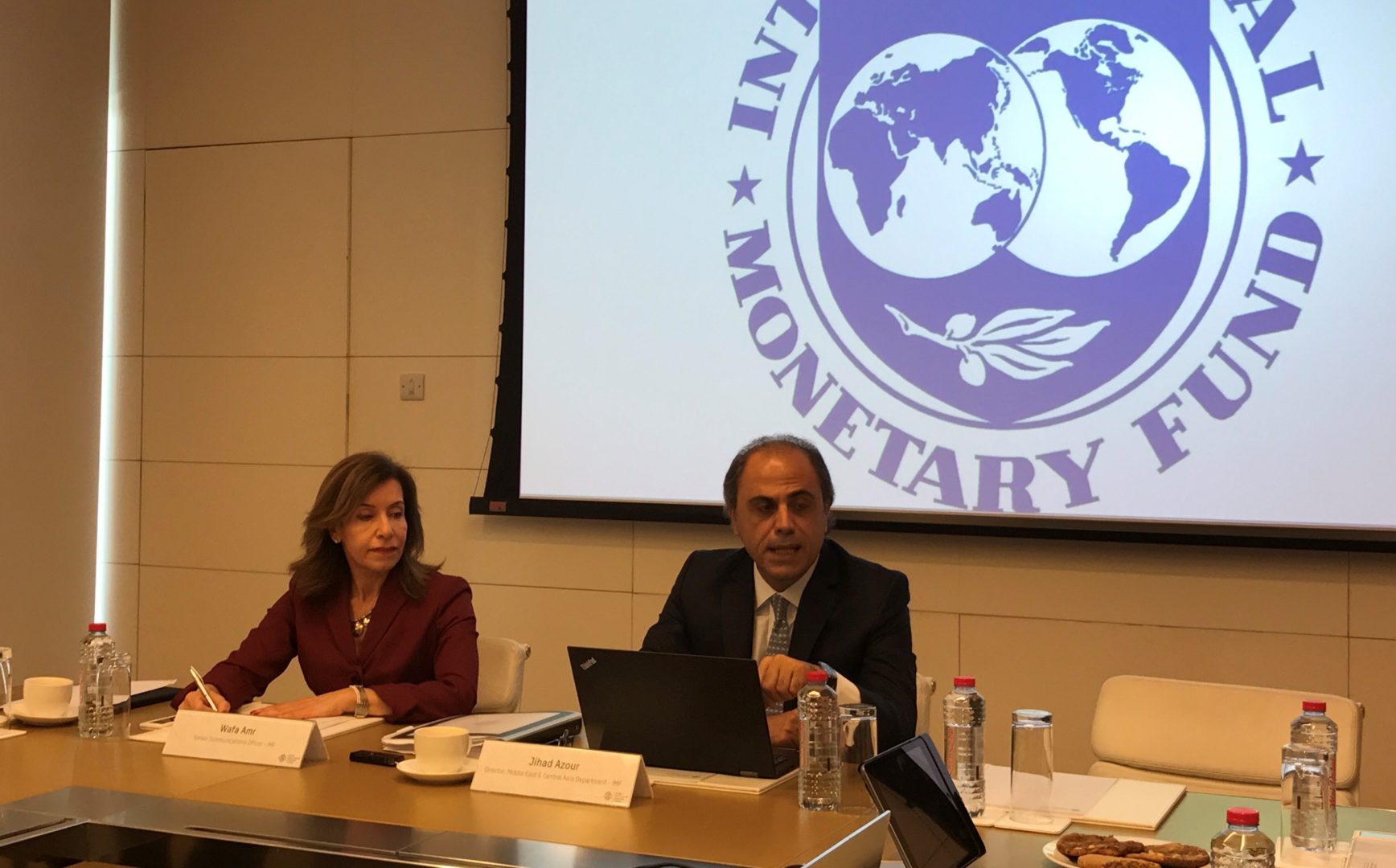

Both oil exporters and importers will achieve higher growth rates this year
This article has been unlocked to allow non-subscribers to sample MEEDs content for FREE. MEED provides exclusive news, data and analysis about the Middle East every day. Subscribe to MEED to have full access to Middle East business intelligence. Click here
Economic reforms forced on the regions oil exporters combined with a stronger performing global economy give some reason for optimism, says the Washington-based IMF.
Things are looking up for the region. External conditions have improved and reforms are starting to bear some fruits. More specifically, higher than expected growth and some firming up of commodity prices is providing some breathing space for the MENAP [Middle East, North African and Pakistan] region after what has been a difficult period, says Jihad Azour, Director of the Middle East and Central Asia Department at the IMF.
The IMF, which expects oil prices to remain at about the $55 a-barrel level for the next three years, says that for the oil exporting countries the non-oil economy is driving growth although it is dampened by a sluggish oil sector. For oil exporting countries, non-oil growth is expected to accelerate from 0.4 per cent in 2016 to 2.9 per cent in 2017 although the production cuts following the Opec agreement are reducing the headline growth, says Azour.
For the regions oil importers, the IMF says headline growth is projected to increase from 3.7 per cent in in 2016 to 4 per cent in 2017.
Deficits are also improving. The fiscal deficit for oil exporters was 10 per cent of GDP last year, but is expected to fall below 5 per cent this year, in part due to higher oil prices. Oil importers are also making progress. With deficits expected to drop from 7.2 per cent in 2016 to 6.6 per cent in 2017, says Azour. However, these countries still face an average debt level above 80 per cent of GDP, therefore fiscal consolidation and fiscal reforms will remain a priority across the region.
While growth is accelerating and deficits are falling, the economy is not improving fast enough to meet the demands of the region. There is a need to keep the momentum going because risks are also up and long term challenges remain, says Azour. Our medium term growth projections are too low to create enough jobs or improve living standards.
To help meet these challenges the region needs to continue with economic reforms and invest in services. We encourage countries to give priority to productive spending in areas such as education, technology and innovation, and healthcare, says Azour. Reducing exemptions and expanding the tax base can also help make reforms more inclusive. On the structural side we need to create conditions for the private sector to grow and also we need to increase resilience.
The good news is the region is making progress on reforms, which means in the coming years the focus for many countries in the region will be implementation. The region recognises the need for reform, diversified economies, strong private sector growth, and boost competitiveness and productivity, says Azour. For countries that already have developed plans such as Saudi Arabia, the focus need to be on implementing them. These reforms will be necessary to generate the jobs needed by millions of new job seekers expected to enter the market over the next five years.
This article has been unlocked to allow non-subscribers to sample MEEDs content for FREE. MEED provides exclusive news, data and analysis about the Middle East every day. Subscribe to MEED to have full access to Middle East business intelligence. Click here
You might also like...

Aramco extends Karan field bid deadline
24 April 2024

Muscat appoints expressway consultant
24 April 2024

Dubai activates business as usual
24 April 2024

No extension for Dubai sewer tunnel prequalification
24 April 2024
A MEED Subscription...
Subscribe or upgrade your current MEED.com package to support your strategic planning with the MENA region’s best source of business information. Proceed to our online shop below to find out more about the features in each package.




